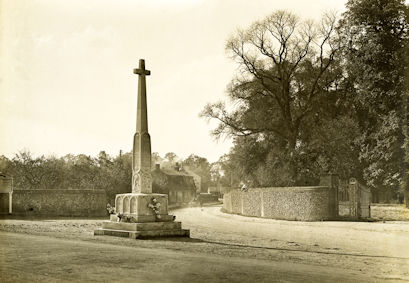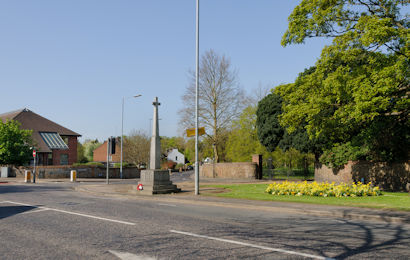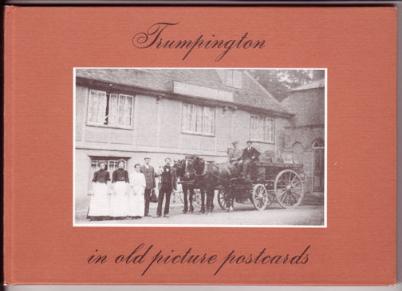
At the meeting of the Local History Group on 21 November 2013, Shirley Brown described some of the evidence about the history of Trumpington that can come from personal recollections. Notes by Andrew Roberts, with thanks to Shirley and Stephen Brown. See also other sources of evidence.
Shirley Brown discussed the background to two publications, Trumpington in Old Picture Postcards (published 1986) and 20th Century Trumpington (published 2000).
In 1984, Shirley was approached by Mike Petty, the then head of the Cambridgeshire Collection, as the possible author of a book about Trumpington. Mike suggested using photographs from the Cambridgeshire Collection and inviting elderly residents to talk about their recollections. This took Shirley back to an earlier period of life in Trumpington.
Shirley spoke to Edith Carr, who had some photographs that had been omitted from Edith’s book about Trumpington (Edith Carr, 1973, Trumpington: a Cambridgeshire Village. In People and Places. An East Anglian Miscellany. Pages 8-67. Terence Dalton Ltd). Shirley was fascinated by these photographs and was determined to use them in the new book but Edith Carr could not remember from whom they had come. Shirley narrowed it down to Mrs Ellen Burbridge (née Nellie Matthews), then living in Denis Wilson Court, Porson Road, who had professional-quality photographs of the Matthews family (she was the youngest daughter of Ellis and Elizabeth Matthews). Ellis Matthews was the local shepherd, who died in 1898 after catching pneumonia while caring for a sick sheep outside overnight. His wife, Elizabeth Matthews, was left with seven children, living at 42 High Street. She was determined to make her own way rather than go on the parish and started to take in laundry. Shirley said that she concentrated on good laundry, from residences such as Trumpington Hall and Anstey Hall and later from as far away as Audley End. Elizabeth Matthews also made and sold sweets.
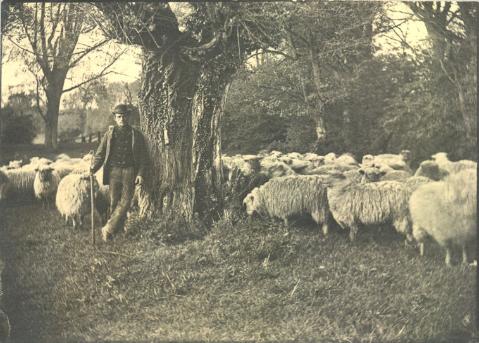
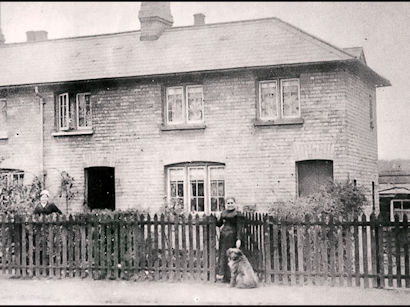
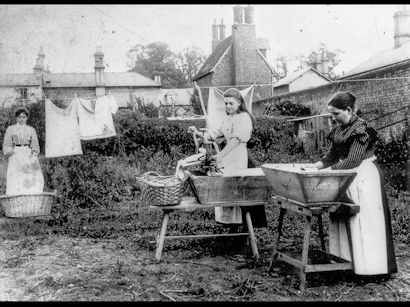
Shirley explained that one of the photographs showed Nellie at the feet of her mother, Ellen, with her brother Charlie to the left of Nellie. Nellie Matthews married Alfred William Burbridge, who had a fish and chips shop in Church Lane. After he died in 1940, Nellie and her sister Agnes carried on running the shop. Agnes lived at 42 High Street after her mother died. There was also a school photograph with five of Elizabeth’s children.
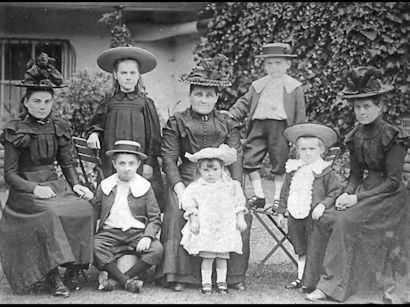
Shirley also talked about the Coach & Horses public house. She had a photograph of this from about 1900, when Henry George Howard-Pare had just taken over as landlord. When he died in 1909, his wife, Alice Maud Howard-Pare, took over as landlady. The closing time was 10 pm; as the mail coach was due to go past at 10 pm, she would close when it went past. Her daughter, Marjorie Louise Swann (née Marjorie Louise Howard-Pare), remembered how much her mother loved the pub. She told Shirley that tenants of the Pemberton family who paid their rent on time were given a token to spend at the pub.
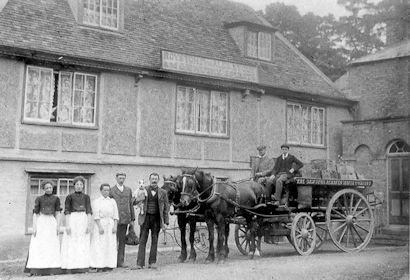
When working on 20th Century Trumpington , Shirley said that various contributors looked at different subjects. She concentrated on information in the Parish Magazine. The style changed with different vicars, one of whom was very stern and keen that the new churchyard on Hauxton Road was tidy, as he thought it was a disgrace. Shirley said when the main sewer was laid along Church Lane into the High Street in 1938, the road was moved from behind the War Memorial to its current position. The Magazine had an item that the War Memorial did not look nice! Shirley said that Audrey King remembered the effect of the changed layout. Shirley also mentioned the children’s essays that were introduced after Percy Robinson became the local schoolteacher in 1908. From 1909 to 1913, the children were asked to write about what they could remember. Mr Robinson taught them very well, dying in post in 1943. His place was taken by Mr Youngs, who Shirley said was less supportive of the children. She also commented that the trustees of Whitelocks Yard said that it was an awful slum, but a pupil responded that it was a community and they had an idyllic childhood.
